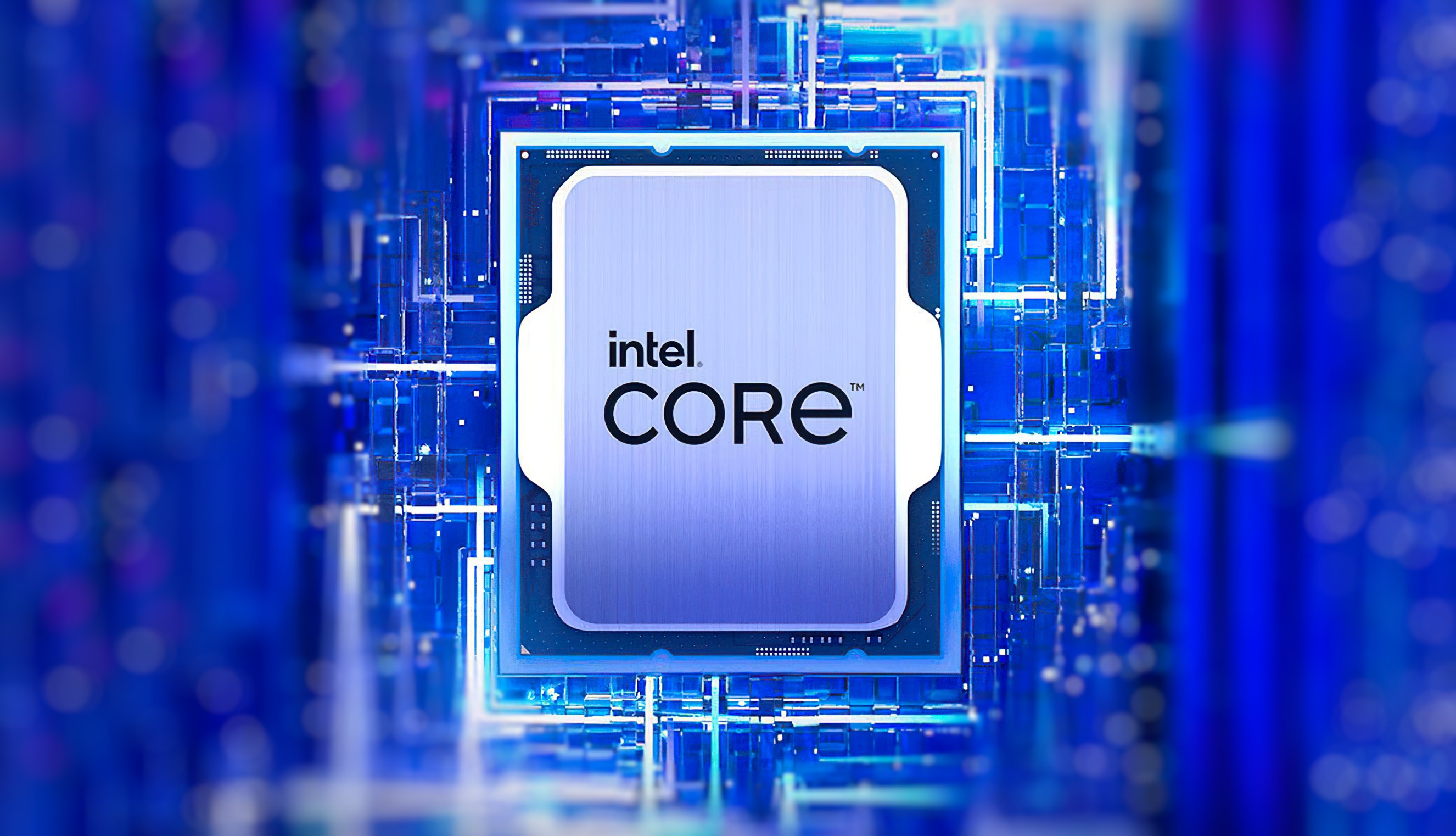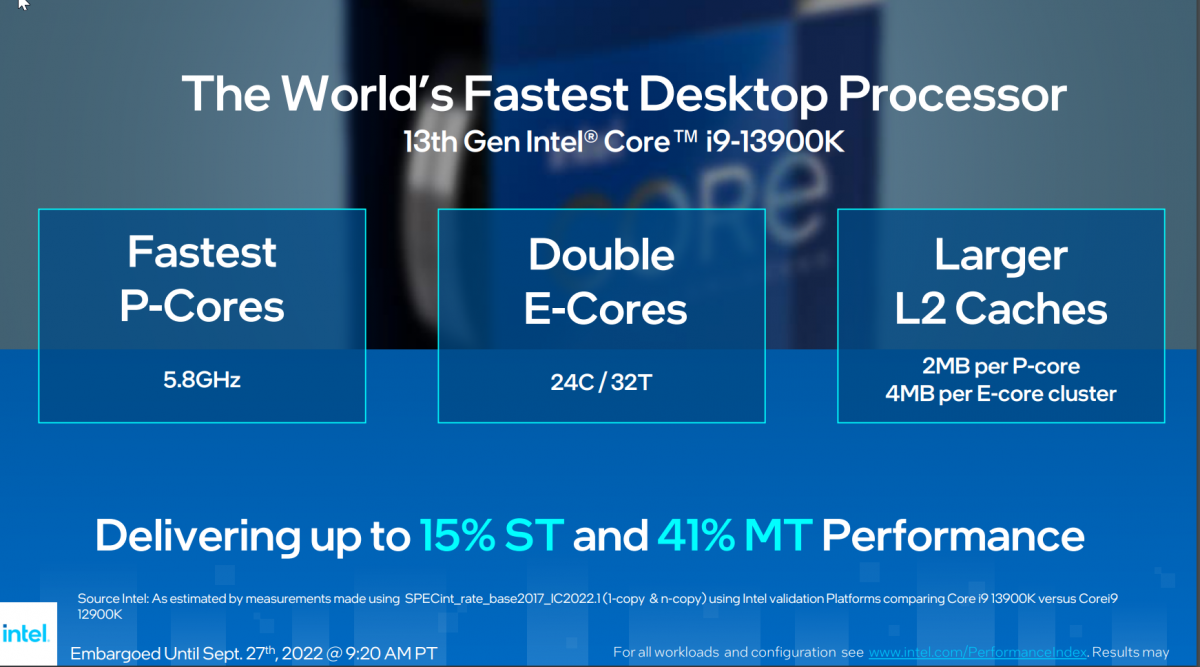
Did Intel just admit they couldn't fully beat 5800x3d in games with the 13900k?



Intel announces 13th Gen Core "Raptor Lake" desktop series: Core i9-13900K price is $589 - VideoCardz.com
Intel announces 13th Gen Core Desktop CPU family The next-generation 125W SKUs are here. Today Intel unveils 13th Gen Core series codenamed “Raptor Lake”. The new series feature three SKUs, each to be available in two variants (with and without built-in graphics). The company is adding 4 (for...

Intel’s 13th Gen processors arrive October 20th with $589 flagship Core i9-13900K
Intel is promising big performance gains for its 13th Gen.

Intel 13th Gen Raptor Lake CPU Prices Leak Out, Core i9-13900K Starting at $630 US, Core i7-13700K For $430 US, Core i5-13600K For $309 US
Intel's 13th Gen Raptor Lake CPUs prices have leaked at Newegg, Core i9-13900K starting at $630, Core i7-13700K at $430 & i5-13600K at $309.

Intel Announces 13th Gen Intel Core Processor Family Incl Core i9-13900K
Intel unveiled the 13th Gen Intel CoreTM processor family today at Intel Innovation, led by the 13th Gen Intel Core i9-13900K – the world's fastest desktop processor. The new 13th Generation Intel ...




